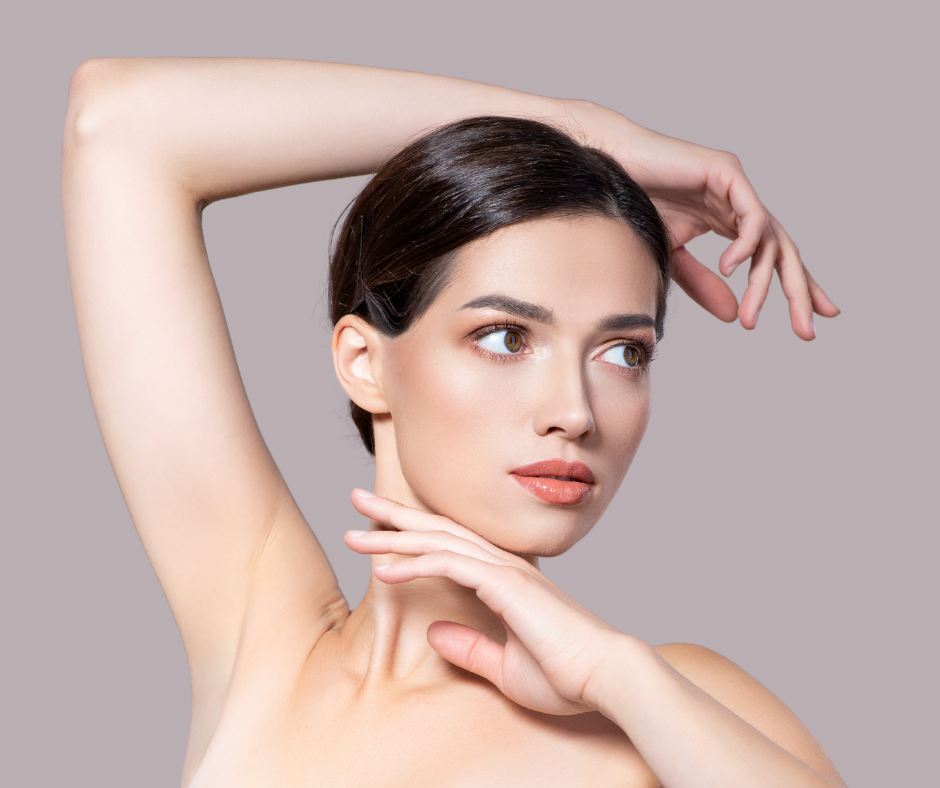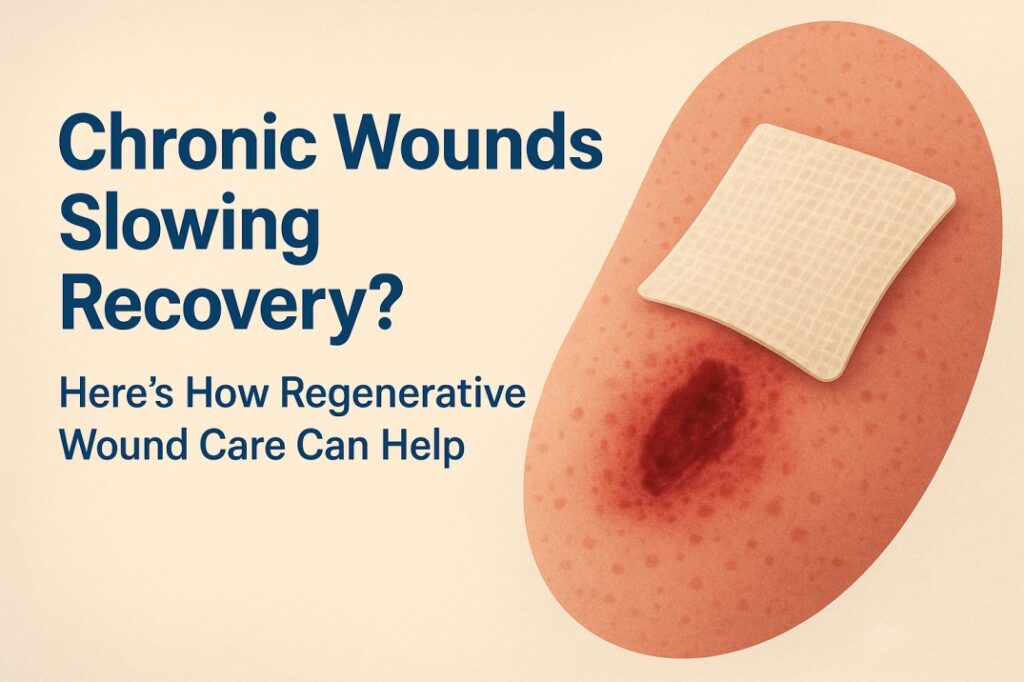The United Arab Emirates (UAE) is known for its diverse population and cosmopolitan culture, where beauty standards often reflect global trends. Among these trends, skin whitening treatments have gained noticeable popularity. In a country like the UAE, where sun exposure is frequent, many individuals seek solutions for hyperpigmentation or uneven skin tone. Skin whitening treatment in Dubai has become a widely discussed topic in dermatology and aesthetics. But how common is it, and what factors contribute to its prevalence?
What is Skin Whitening Treatments?
Skin whitening, also referred to as skin lightening or brightening, involves medical or cosmetic procedures aimed at reducing melanin production in the skin. These treatments can address concerns such as dark spots, sun damage, or melasma. The methods vary, ranging from topical applications to advanced clinical procedures.
Popular Skin Whitening Methods
Topical Treatments
Many individuals opt for creams or serums containing ingredients like vitamin C, kojic acid, or arbutin. These products work gradually to lighten pigmentation and improve skin texture.
Chemical Peels
A chemical peel involves applying a solution to exfoliate the top layers of the skin, revealing a brighter complexion. Different peel strengths cater to varying skin concerns.
Laser Therapy
Laser treatments target melanin deposits, breaking them down for a more even skin tone. This method is precise and often requires multiple sessions for optimal results.
Microdermabrasion
This non-invasive procedure removes dead skin cells, stimulating collagen production and improving skin clarity over time.
Why Is Skin Whitening Popular in the UAE?
Several factors contribute to the demand for skin whitening treatments in the UAE:
Cultural Influences
In many Middle Eastern and South Asian cultures, fair skin has historically been associated with beauty and social status. This perception influences personal grooming choices, including skin treatments.
Climate and Sun Exposure
The UAE’s sunny climate can lead to tanning and pigmentation issues. Many residents seek treatments to reverse sun damage and maintain a uniform complexion.
Advanced Aesthetic Medicine
Dubai is a hub for cutting-edge cosmetic procedures, offering safe and effective skin treatments. The availability of high-quality clinics increases accessibility for those interested in skin whitening.
Multicultural Demographics
With a large expatriate population, beauty trends from various regions converge in the UAE. This diversity fosters a demand for different skin treatments, including whitening.
Safety and Considerations
While skin whitening treatments are widely available, it’s crucial to approach them with caution.
Potential Risks
Overuse of certain bleaching agents, such as hydroquinone, can lead to skin thinning or irritation. Untrained application of chemical peels or lasers may cause burns or scarring.
Importance of Professional Consultation
Seeking advice from a licensed dermatologist ensures that the chosen treatment aligns with skin type and concerns. Customized plans minimize risks and enhance results.
Realistic Expectations
Skin whitening treatments can improve tone and texture but may not drastically alter natural skin color. Understanding realistic outcomes prevents dissatisfaction.
The Ethical Debate
The popularity of skin whitening has sparked discussions about beauty standards and self-acceptance. Critics argue that promoting lighter skin perpetuates unrealistic ideals, while supporters view it as a personal choice for aesthetic enhancement.
Shifting Perspectives
Increasing awareness about skin diversity encourages a more inclusive approach to beauty. Many now prioritize skin health over drastic lightening, opting for treatments that enhance natural radiance.
Conclusion
Skin whitening treatments are indeed common in the UAE, driven by cultural, environmental, and aesthetic factors. Dubai, as a leading center for cosmetic dermatology, offers numerous safe and advanced options for those seeking a brighter complexion. However, it’s essential to prioritize safety, professional guidance, and realistic expectations when considering such procedures. As beauty standards evolve, the focus is gradually shifting toward healthy, well-maintained skin rather than drastic color changes.









